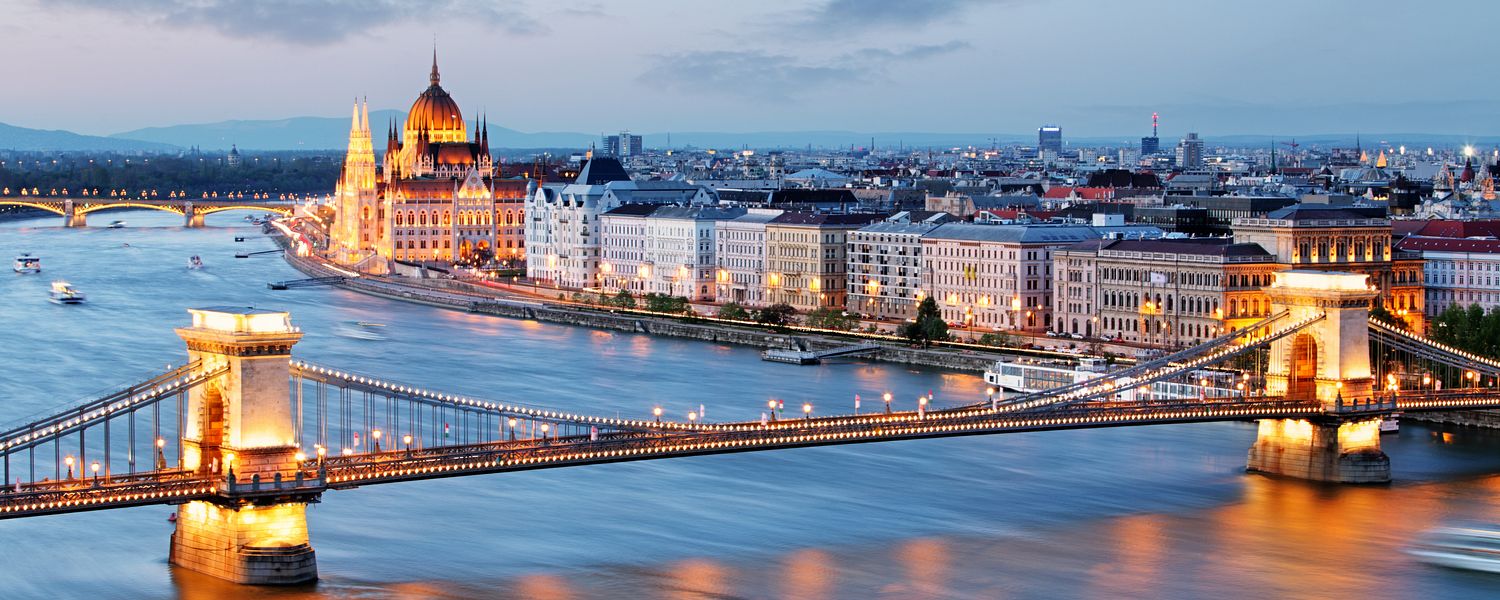
Provided by:
TTstudio/Shutterstock

Our travel guides are free to read and explore online. If you want to get your own copy, the full travel guide for this destination is available to you offline* to bring along anywhere or print for your trip.
*this will be downloaded as a PDF.Price
€4,95
The City
The guide was updated:
Situated along the banks of the Danube River, Budapest’s origins trace back to the merging of two historic towns: Buda, which sits on the hilly west bank of the Danube, and Pest, located on the flat east bank.
The history of Budapest is marked by a series of invasions, occupations, and revolutions. From Roman settlements to Ottoman rule and Habsburg dominance, Budapest has seen its share of conquests and conflicts.
The city reached its peak during the 19th century when it emerged as a vibrant cultural hub of the Austro-Hungarian Empire, witnessing the construction of iconic landmarks like the Hungarian Parliament Building, Buda Castle, and the Chain Bridge.
However, the 20th century brought turmoil to Budapest with World Wars, communist rule, and the 1956 uprising against Soviet control. The fall of communism in 1989 marked a turning point, ushering in an era of democratic governance, economic reform, and cultural revival.
Today, Budapest stands as a testament to resilience and renewal, blending its rich past with modern innovation. Visitors flock to the city to explore its magnificent architecture, relax in its thermal baths, and savour its vibrant culinary scene. With its bustling markets, lively festivals, and thriving arts scene, Budapest continues to captivate travellers from around the world.
The history of Budapest is marked by a series of invasions, occupations, and revolutions. From Roman settlements to Ottoman rule and Habsburg dominance, Budapest has seen its share of conquests and conflicts.
The city reached its peak during the 19th century when it emerged as a vibrant cultural hub of the Austro-Hungarian Empire, witnessing the construction of iconic landmarks like the Hungarian Parliament Building, Buda Castle, and the Chain Bridge.
However, the 20th century brought turmoil to Budapest with World Wars, communist rule, and the 1956 uprising against Soviet control. The fall of communism in 1989 marked a turning point, ushering in an era of democratic governance, economic reform, and cultural revival.
Today, Budapest stands as a testament to resilience and renewal, blending its rich past with modern innovation. Visitors flock to the city to explore its magnificent architecture, relax in its thermal baths, and savour its vibrant culinary scene. With its bustling markets, lively festivals, and thriving arts scene, Budapest continues to captivate travellers from around the world.


